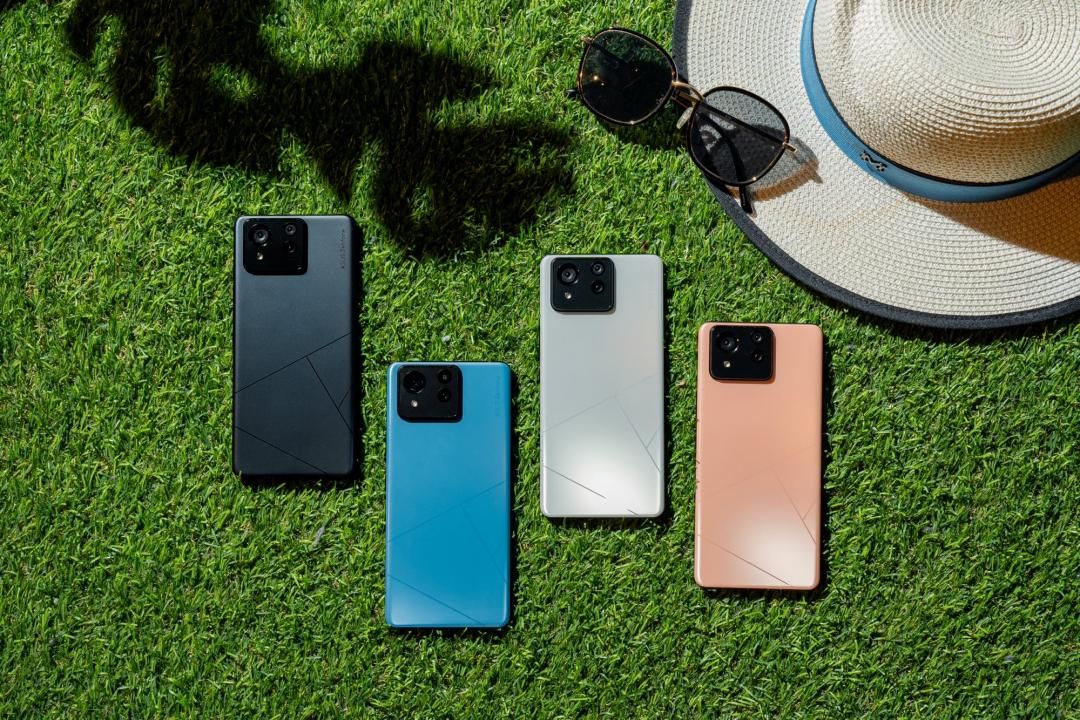筆電收購
筆電收購asus’ Zenbook 14 OLED Space Edition has a tiny OLED display on the lid
筆電收購asus’ Zenbook 14 OLED Space Edition has a tiny OLED display on the lid
/
It’s designed to look like a… space station?
Share this story
筆電收購asus’ line of ultraportable Zenbooks can be hard to distinguish from one another. There are a ton of them, and they all offer a similar look and a similar package. That’s certainly not the case with the new Zenbook 14 OLED Space Edition, which is designed to look like a spaceship. There’s a tiny 3.5-inch OLED display on the lid, which displays various cute space-themed animations, and there are space-related engravings (including some Morse code) throughout the chassis. I’m not sure how practical of a purchase it will be (especially since
筆電收購asus hasn’t announced the price yet), but it’s always nice to see companies stepping out of the box with creative designs.
Starting with this tiny OLED thing: it didn’t ultimately impact my user experience too much during my brief period with the Space Edition, but it is very cool to look at, and the animations really are fun — they lend a bit of a retro vibe to the whole affair. The secondary screen was most useful when the device was closed — it displayed the date and time, which could be handy for quick reference when it was nearby, and also had a battery indicator so I knew how much juice the device had whenever I picked it up. But that’s also all information you can get easily from Windows (obviously), so it’s mostly just a neat thing to look at.
The primary display is a 14-inch, 16:10 OLED touch panel with a 90Hz refresh rate and 2880 x 1800 resolution. Colors were accurate, and it was a very nice display to look at overall. The 90Hz refresh rate, especially at such a high resolution, really feels like a luxury and makes the scrolling experience quite smooth.
Inside, the Space Edition comes with 12th Gen Intel H-Series processors, up to 32GB of RAM, and up to 1TB of SSD storage. I’ll be able to discuss performance more during the full review process later this year.
筆電收購asus’ LED number pad technology.
But the Space Edition’s main calling card is its eye-catching design. It’s very cool. It’s colored in a finish called “zero-G titanium,” and the dark red spacebar has a cute little planet on it. The engravings are visible, but nowhere near obnoxious enough to be distracting.
The chassis also feels a notch sturdier than many Zenbooks I’ve used — it’s a line that often feels flimsy for its price. The screen and keyboard deck are solid, and the finish doesn’t feel plasticky at all.
筆電收購asus says the Space Edition complies with the “US Space Systems Command Standard SMC-S-016A testing protocols” and can operate in “extreme climates,” so there’s that. The upgraded build hasn’t made the Zenbook too clunky, though — at 2.87 pounds, it wasn’t a problem to carry around.
There’s a decent port selection with two Thunderbolt 4 ports, a USB 3.2 Gen 2, an HDMI 2.0, a headphone jack (which not all Zenbooks have these days), and a microSD reader. There’s a 720p HD webcam as well.
筆電收購asus always seems to be trying these funky things, and I’m generally a fan. But the Space Edition feels a bit more refined than some of those models. The engravings really do seem to be part of a subtle space aesthetic, rather than attempts to grab the attention of passersby. And while the secondary screen could be stuck on all kinds of devices as a gimmick, it feels like it fits here. I’m not sure how much this will cost yet and so can’t make any kind of recommendation or value proposition, but I certainly enjoyed using it.
The Zenbook 14 OLED Space Edition is shipping in Q2 of 2022.
 英國用戶控告華碩違背提供Bootloader解鎖工具的承諾。(圖/資料照)
英國用戶控告華碩違背提供Bootloader解鎖工具的承諾。(圖/資料照)
有些Android手機玩家喜歡進行Bootloader解鎖,進而取得Root權限,然而,華碩卻因此事被一名英國用戶告上法院。
據多家外媒報導,英國一名Zenfone用戶指控華碩違反為手機提供Bootloader解鎖支援的承諾,而這位用戶最終成功和華碩達成和解,獲得手機的全額退款700英鎊(約台幣28,430元),以及由華碩支付法庭費用70英鎊(約台幣2,840元)。
筆電收購
筆電收購
:format(webp)/cdn.vox-cdn.com/uploads/chorus_asset/file/23121092/akrales_211222_4945_0035.jpg)